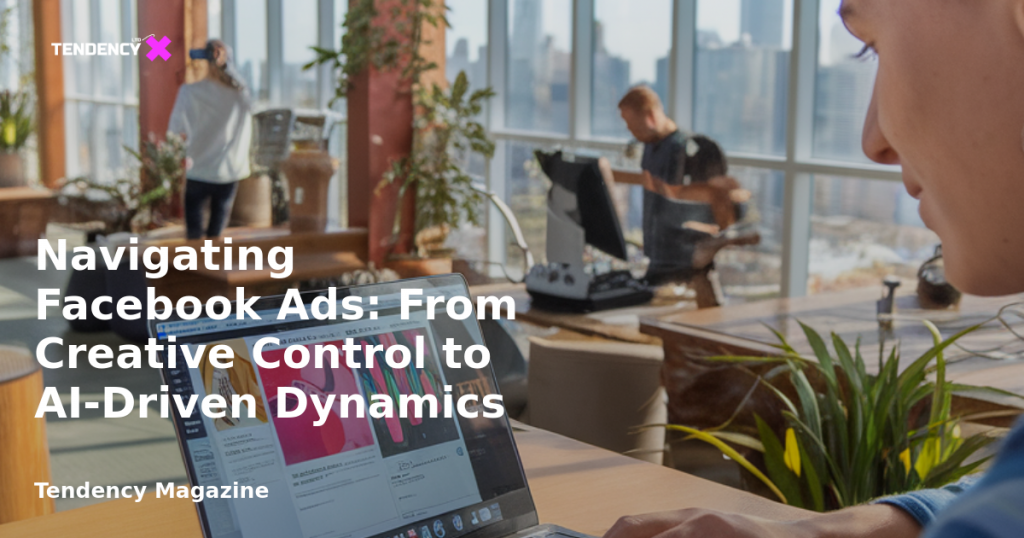Navigating Facebook Ads: From Creative Control to AI-Driven Dynamics

Table of Contents
- Introduction
- The Early Era of Simplicity (Pre-2017)
- The First Wave of Automation (2017–2019)
- The Current Landscape (2025)
- From Inputs to Ecosystem
- The New Role of the Advertiser
- How This Impacts Creative Testing
- Conclusion
Introduction
In the ever-evolving landscape of digital marketing, Facebook Ads have undergone a significant transformation. What once was a platform where advertisers had near-total control over their ad presentations has now become a dynamic ecosystem driven largely by automation and artificial intelligence. Understanding this shift is crucial for advertisers aiming to leverage Facebook’s advertising platform effectively.
The Early Era of Simplicity (Pre-2017)
In the initial years of Facebook advertising, simplicity reigned supreme. Advertisers had a limited set of placements, such as the Desktop News Feed, Mobile News Feed, and Right Column on both desktop and mobile. This straightforward setup allowed advertisers to maintain control over their ad’s appearance and performance. A single ad format was used across all placements, and any variations required separate ad sets. This simplicity provided clarity on what strategies worked and allowed advertisers to experiment with combinations of ad copy and creative.
The First Wave of Automation (2017–2019)
The landscape began to shift in 2017 with the introduction of Dynamic Creative by Meta. This feature allowed advertisers to submit multiple creative elements for a single ad, which Meta would then mix and match to find optimal combinations. While this was initially seen as a testing tool, it marked the beginning of a significant shift towards automation. Additionally, advertisers were given the ability to customize creative by placement, eliminating the need to create separate ads for each placement.
By 2019, the concept of Multiple Text Options further expanded this flexibility, allowing advertisers to provide variations of primary text, headlines, and descriptions. This shift meant that while advertisers could still provide specific inputs, the assembly of ads was increasingly handled by Meta’s systems.
The Current Landscape (2025)
Fast forward to 2025, and the concept of “control” in Facebook advertising has drastically evolved. Advertisers now submit ingredients—text, images, videos—rather than a fixed ad format. These ingredients are dynamically assembled by Meta to create numerous variations tailored to different placements and user contexts. With over 26 placements available, each with unique layout rules and creative treatments, the final output of an ad is far more varied and less predictable than before.
Meta encourages advertisers to submit different aspect ratios for assets and offers AI-driven enhancements that can further alter ad appearances. These enhancements include adjustments to brightness, contrast, and even the addition of dynamic overlays and animations. As a result, a single ad can now involve hundreds, if not thousands, of variations.
From Inputs to Ecosystem
The modern Facebook ad is no longer a single, defined entity. It has become a collection of assets that Meta’s systems interpret and deliver based on various factors. Advertisers provide inputs, and Meta builds combinations that are rendered differently across placements. This dynamic assembly means that what users see depends more on Meta’s optimization processes than on the advertiser’s initial submissions.
The New Role of the Advertiser
In this new environment, the role of the advertiser has transformed. Instead of dictating the exact appearance of an ad, advertisers now focus on providing high-quality, flexible ingredients. This involves writing compelling, modular copy and supplying creative assets that work across different formats and aspect ratios. Advertisers must understand that their inputs may be altered or reassembled by Meta’s systems, shifting the notion of control from the final output to shaping potential pathways for ad delivery.
How This Impacts Creative Testing
The evolution of Facebook Ads has also impacted creative testing. In the past, advertisers could isolate the best combination of ad copy and creative to optimize results. However, with the current dynamic assembly of ads, finding a single “winning combination” is no longer feasible. Advertisers now focus on understanding results in aggregate and applying insights to future campaigns rather than micromanaging individual ad components.
Conclusion
The transition from creative control to AI-driven dynamics in Facebook Ads represents a significant shift in digital advertising. Advertisers must adapt to this new landscape by embracing flexibility and focusing on the quality of their inputs. By understanding the evolving role of automation and AI in ad assembly, advertisers can thrive in Facebook’s dynamic ecosystem and effectively reach their target audiences. As the platform continues to evolve, staying informed and adaptable will be key to success in the world of Facebook advertising.
2025 Tendency LTD. All rights reserved.

